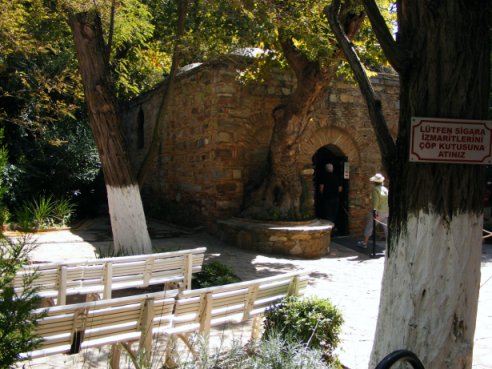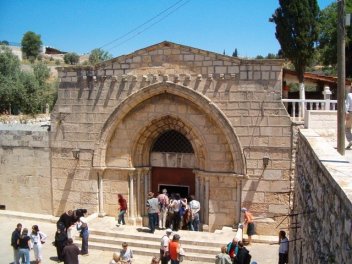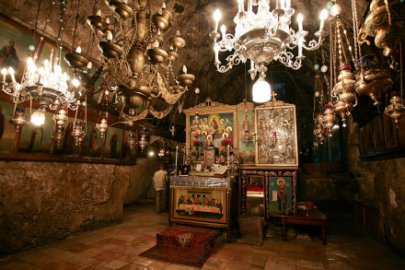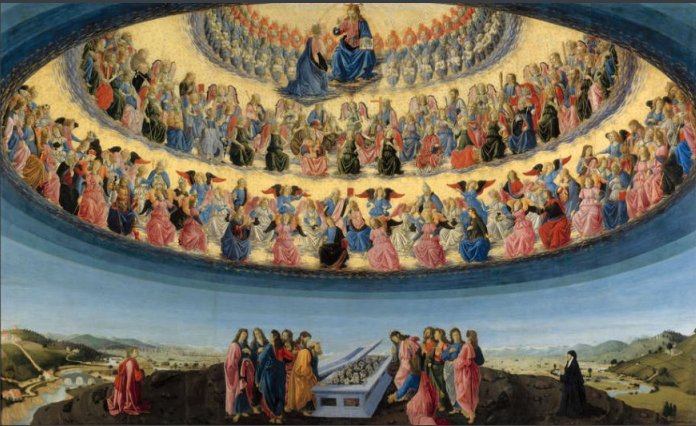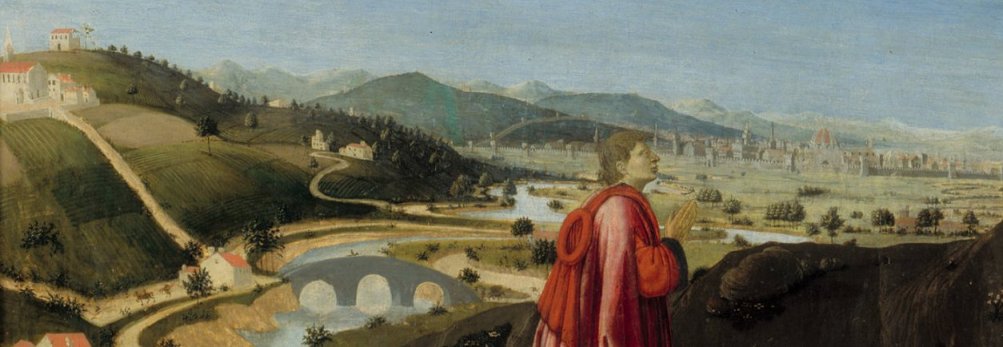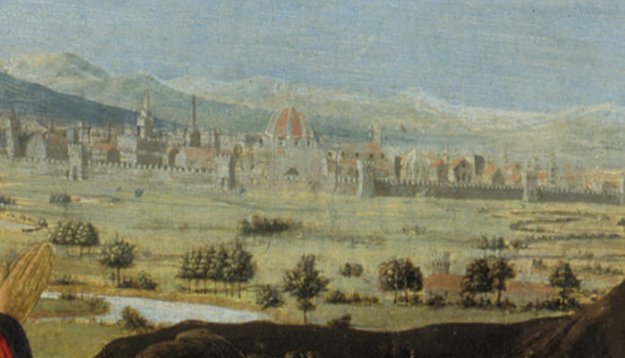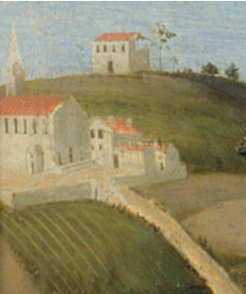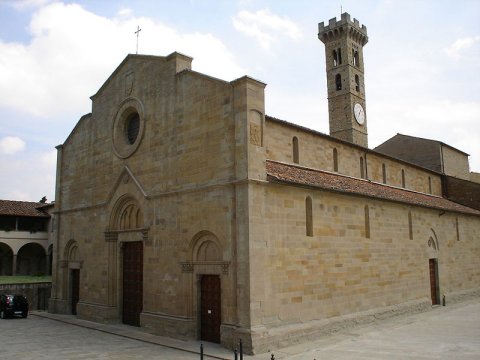|
The Death and Assumption of the Virgin - 5 |
|
|
Location |
|
|
|
|
|
The more traditional view
is that her tomb was in the Kidron (or Cedron) Valley, at the foot of
Mount of Olives, in Jerusalem: the Biblical Gethsemane. |
|
|
|
|
|
Entrance and interior of Mary's tomb, Kidron Valley. |
|
|
Some apocryphal writers tell us that, having heard the news of her imminent death, she set of for Bethlehem. And having heard this from the holy archangel, she returned to holy Bethlehem, having along with her three virgins who ministered unto her. (John the Theologian) There is no tradition of a tomb for the Virgin at Bethlehem, but it is the site of the Old testament Tomb of Rachel, which calls up echoes of the story of the nativity. Another legend places the tomb in the mountain town of Muree, Pakistan. Supposedly, Jesus managed to avoid the crucifixion and fled here with his mother. The name of the town sounds like good evidence, but Wikipedia tells us that it actually means 'high place'. |
|
|
Italy after all? To round off - a look at a favourite painting of mine from the National Gallery in London: The Assumption of the Virgin by Francesco Botticini. |
|
|
|
|
|
The most obvious element of the picture
is the wonderful merry-go-round of angels and saints - there are the nine
choirs of angels, and enough saints to keep one happy for weeks
playing 'spot the saint'. However, it's the lower half of the painting I want
to concentrate on. The man and woman on either side lily-filled tomb are Matteo Palmieri (1406 - 1475) and his wife Niccolosa. The painting was commissioned on the death of Matteo for his funeral chapel in San Pietro Maggiore in Florence. Palmieri was a wealthy Florentine Humanist and scholar, who is best known for his three volume Cittą di Vita (the City of Life) modelled on Dante's Divine Comedy. It emphasises the importance of education and civic responsibility. All good stuff - but it didn't go down well with the ecclesiastical authorities, who smelt heresy. The heretical content seems very arcane, and is certainly beyond me, but it did involve angels, especially fallen ones. Vasari got the artist wrong - He claims it was painted by Sandro Botticelli, not Francesco Botticini - but apart from this gaffe, his comments are interesting: |
|
|
Near the side-door of S. Pietro Maggiore,
for Matteo Palmieri, he painted a panel with an infinite number of
figures--namely, the Assumption of Our Lady, with the Zones of Heaven as
they are represented, and the Patriarchs, the Prophets, the Apostles, the
Evangelists, the Martyrs, the Confessors, the Doctors, the Virgins, and the
Hierarchies; all from the design given to him by Matteo, who was a learned
and able man. This work he painted with mastery and consummate diligence;
and at the foot is a portrait of Matteo on his knees, with that of his wife.
But for all that the work is most beautiful, and should have silenced envy,
nevertheless there were certain malignant slanderers who, not being able to
do it any other damage, said that both Matteo and Sandro had committed
therein the grievous sin of heresy. As to whether this be true or false, I
cannot be expected to judge; it is enough that the figures painted therein
by Sandro are truly worthy of praise, by reason of the pains that he took in
drawing the zones of Heaven and in the distribution of figures, angels,
foreshortenings, and views, all varied in diverse ways, the whole being
executed with good design. (Vasari: Lives of the Artists) Let's look beyond the Palmieris, at the landscape. In close up, we see an accurate view of the city of Florence and the hill town of Fiesole, still recognisable today. Behind Niccolosa are farms that formed a part of her dowry. |
|
|
|
|
|
Here's a closer look at Botticini's Florence, and the scene today: |
|
|
|
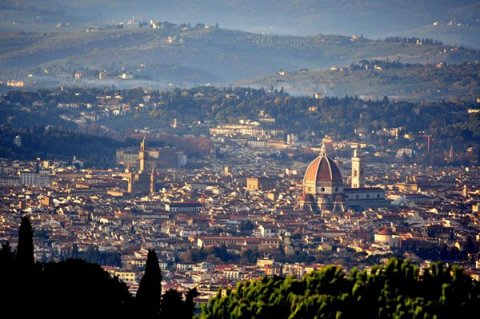
|
| Up on the hill we can see the Duomo of Fiesole: | |
|
|
|
|
In 1446 the Swiss artist Konrad Witz
painted The Miraculous Draft of Fishes, celebrated as the First
painting in European art to present an an accurate depiction of a real
landscape. Botticini's Assumption was painted in 1475 on the death
of Palmlieri, just thirty years later. |
|
